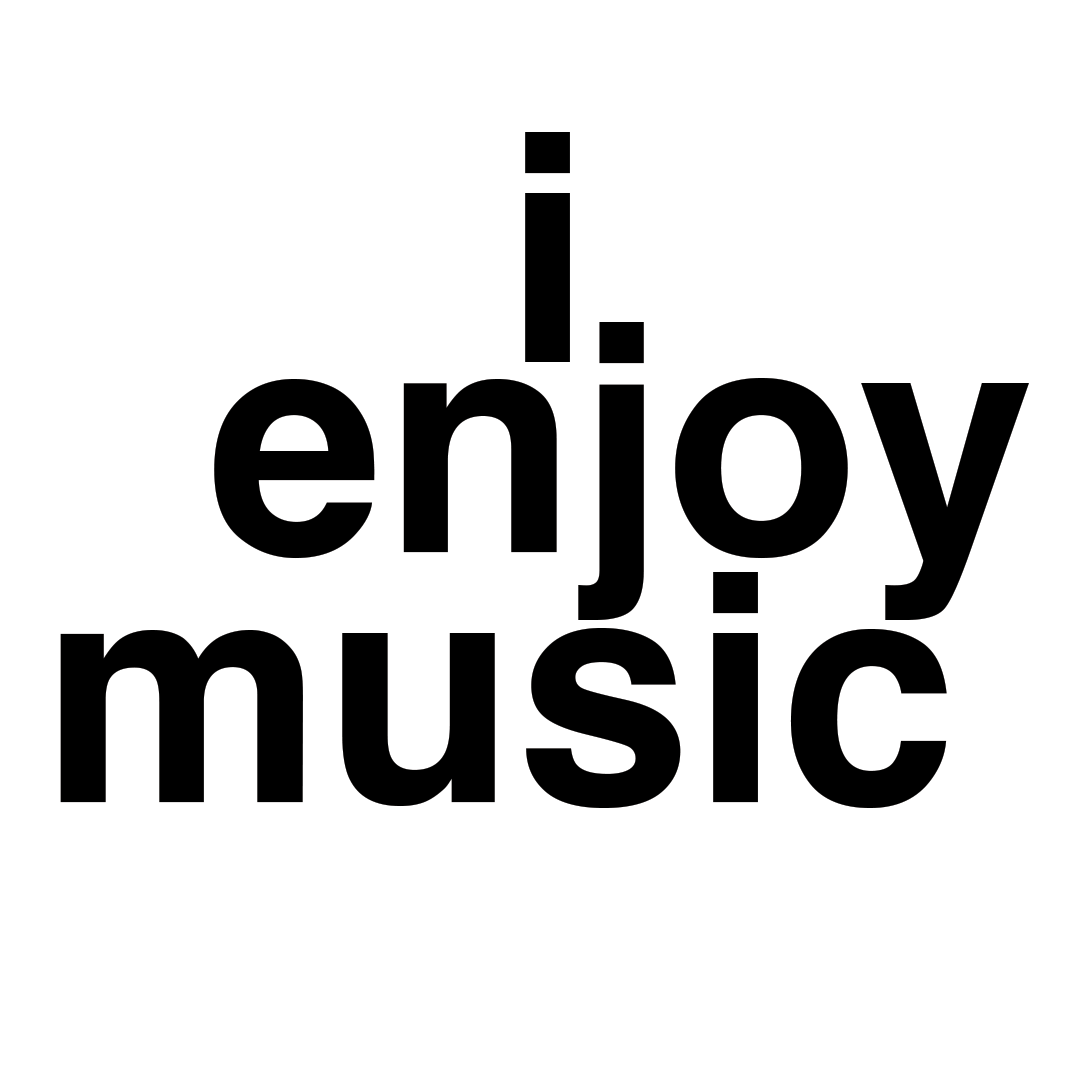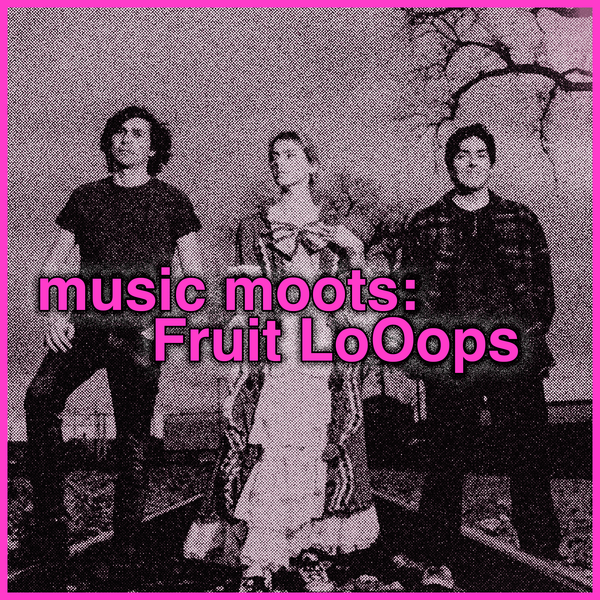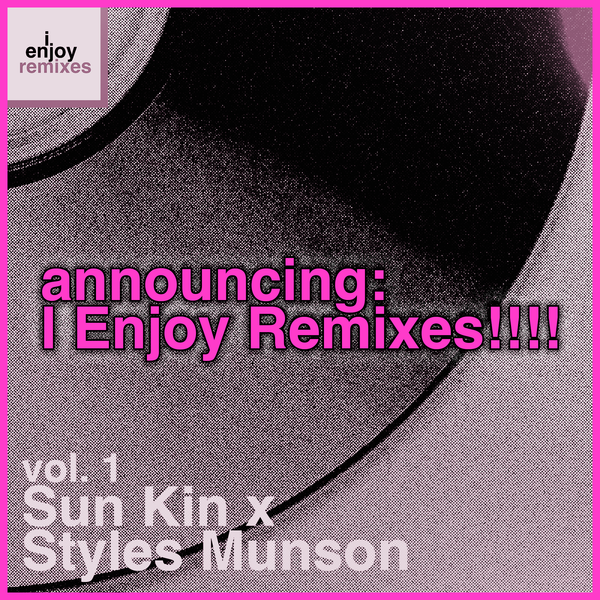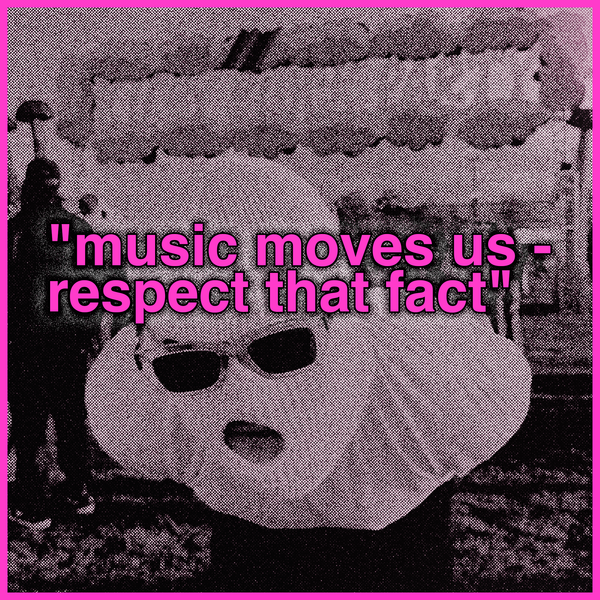please enjoy: the “White Light/White Heat” episode of 'A History of Rock Music in 500 Songs'
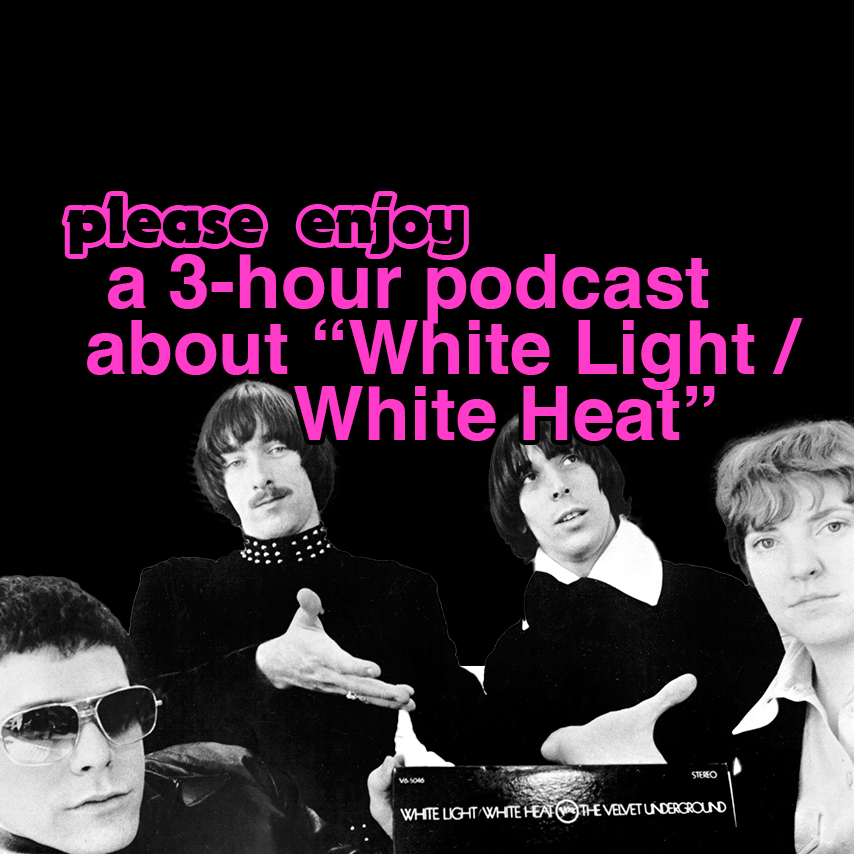
Oh my goodness. We have another guest post on the blog today! (I have big plans for expanding the I Enjoy Music universe in 2024, so soon they won't be "guest posts" so much as just "posts"...). Last guest post was Laura June Kirsch's breakdown of her relationships with Taylor Swift and Beyoncé as told through her experience at the Renaissance Tour. This new one is something completely different 😎
I Enjoy Music is all about enjoying music and music-related media. That means music videos. That means music books. And that definitely means music podcasts.
Today's guest post comes from Danielle LaGrippe, who works in music licensing in Los Angeles. Danielle has enjoyed something musical recently: a 3+ hour episode of a podcast about the song "White Light/White Heat" by the Velvet Underground. Well, the podcast episode is nominally about the song, but also about much, much more. And Danielle gets into it below, so why don't we all read on...
If I asked you when rock ’n roll started, would you say 1939? Probably not. But that’s where the wonderfully nerdy podcast, A History of Rock Music in 500 Songs, begins. This is not your usual deep-dive of music’s past; it’s an excavation. It is a rigorously-researched, academic endeavor complete with transcripts and citations. It’s a history podcast—about music. Host and creator Andrew Hickey has a gift for this kind of storytelling and infuses each episode with his dry British humor.
When I first discovered the pod, I was determined to listen to every episode in chronological order. But faced with a 3-hour episode on the Velvet Underground’s “White Light/White Heat,” I gave into temptation. I had to skip ahead. Fortunately (or unfortunately?), the 3-hour-and-21-minute episode does not devote itself solely to a song that clocks in at under 3 minutes. Rather, the listener is treated to a comprehensive overview of the group as well as their influences and cultural antecedents. The names John Cage and La Monte Young are not merely dropped. Considerable time is given to the avant-garde scene because knowing what came before enriches the main attraction.
While their 1967 debut, The Velvet Underground & Nico, was hugely influential, their follow-up record was accidentally influential. It’s important to note, it’s the only one which features the original lineup: Lou Reed, John Cale, Sterling Morrison, Maureen Tucker, and no one else. Released in 1968, White Light/White Heat was initially a bigger flop than their first (peaking at 199 on the Billboard 200). Armed with Vox amps and effects pedals, determined to play as loud as possible, they pummeled their way straight into the red. The sheer volume proved too much for the studio setting and what was captured on record was obscured by distortion. Not quite the flavor of “anti-beauty” that John Cale had in mind. But as Hickey points out, Zen teaches that there are no accidents. The aural assault that wasn’t meant to be cemented them as proto-punk — a distinctly different sound than their debut. A friend of mine called the record “sonically diseased.” I think that nails it. In fact, John Cale gave a quite similar description: “It’s a very rabid record.” In the years since, it’s proven quite infectious indeed.
The title track, “White Light/White Heat,” kicks open the album with gusto. Historically speaking, it’s sound and fury signifying everything. It’s the catchiest, the most accessible — dare I say the most “pop” song of the bunch. Verve even pressed it as a single (backed with “Here She Comes Now”), but it received little airplay. Sure, it was tame compared to “Sister Ray,” but what radio station at the time would spin a manic love letter to speed? Both Sterling Morrison and Lou Reed have claimed it was outright banned. Top 40 be damned; it lives on as an unrelenting garage-rock nugget, daring you to decipher its guitar lines beneath its glorious clamor. The piano pounding away like a throbbing skull, blotting out all thought, demanding submission to the present moment.
Since first hearing the song as a teenager, it’s become permanently embedded in my brain. I’ve become accustomed to experiencing it as a whole. But listening to this podcast inspired me to hear it anew. After some digging around on YouTube, I found these wonderful tutorials of the Velvet’s songs, including “White Light/White Heat.” Seeing a breakdown of the song and hearing each instrument as an isolated component helped train my ear. Returning to the original recording, I parked myself directly in front of the right speaker, then the left, then the right again. Miraculously, I was able to untangle the guitar parts. It felt like unlocking an esoteric puzzle.
When Todd Haynes’ Velvet Underground documentary was first announced, I was giddy with anticipation. Finally, a proper VU doc helmed by a formidable filmmaker. And while I was mostly satisfied with the finished product, I was a bit underwhelmed. The film was well done and had a certain panache to it, but I craved more. And now here it is. What Andrew Hickey has produced with this episode is more akin to an audio documentary—both in breadth and depth. Considering there was a time when the Velvet’s recorded history was scant, it’s a marvel to have both.
Danielle LaGrippe is a music licensing specialist for film and television. She loves vintage fashion, record collecting, and gin cocktails. She sends her gratitude to her car’s 6-CD changer for keeping her sane along the freeways of Los Angeles.
